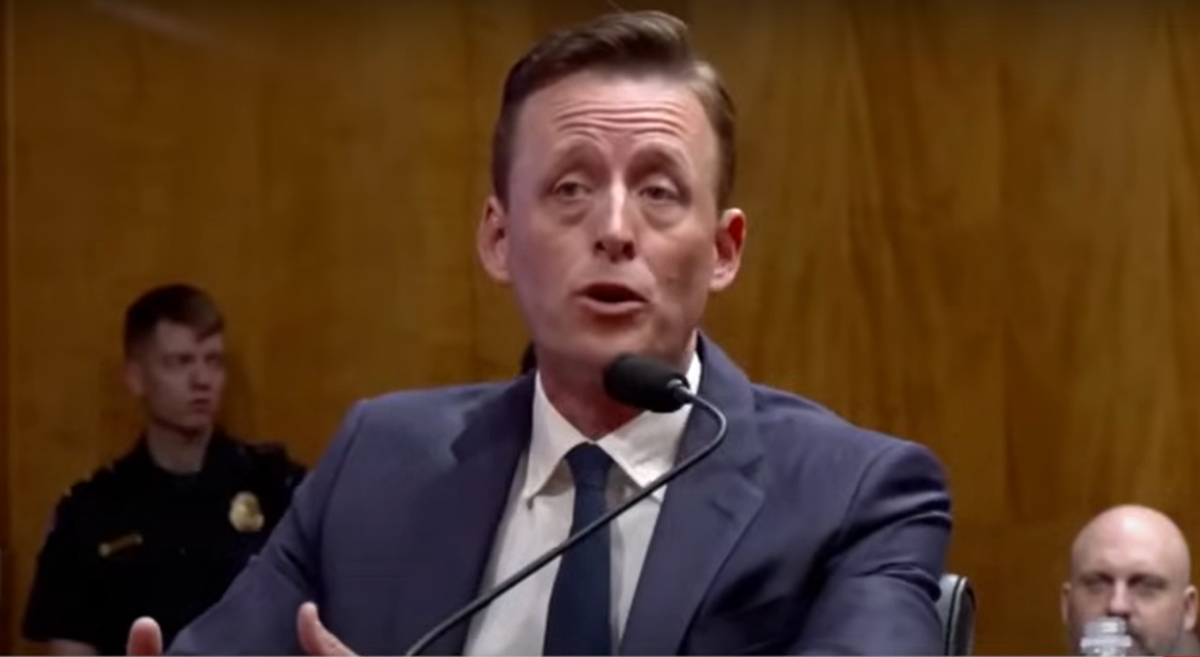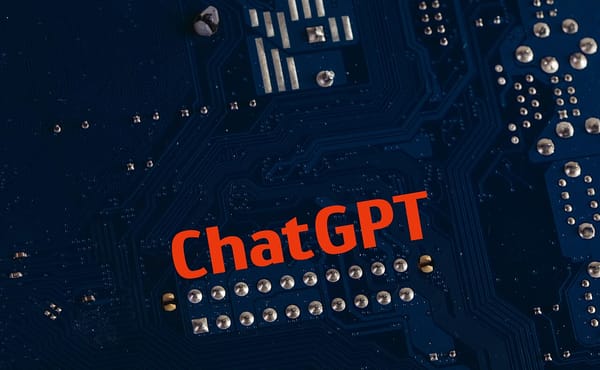US Senate confirms Cairncross as National Cyber Director
Dutch Caribbean offices hit by cyberattacks, SharePoint was supported by Chinese engineers, Hackers stole crypto now worth $14.5b from LuBain in 2020, CISA and USCG found a bunch of OT misconfigs, CISA unveils malware analysis platform Thorium, DHS to give $100m for state and local cyber, much more





